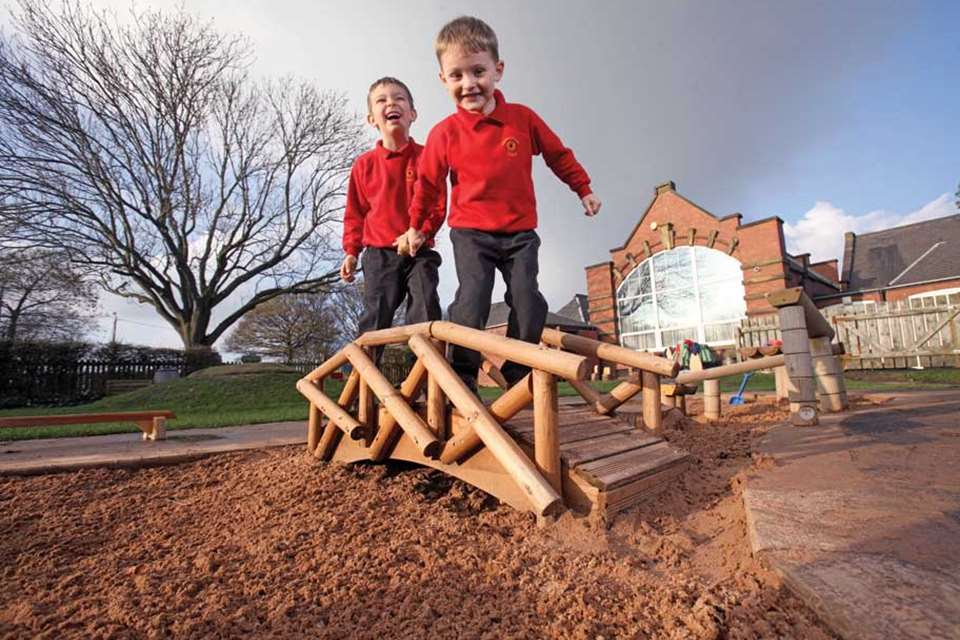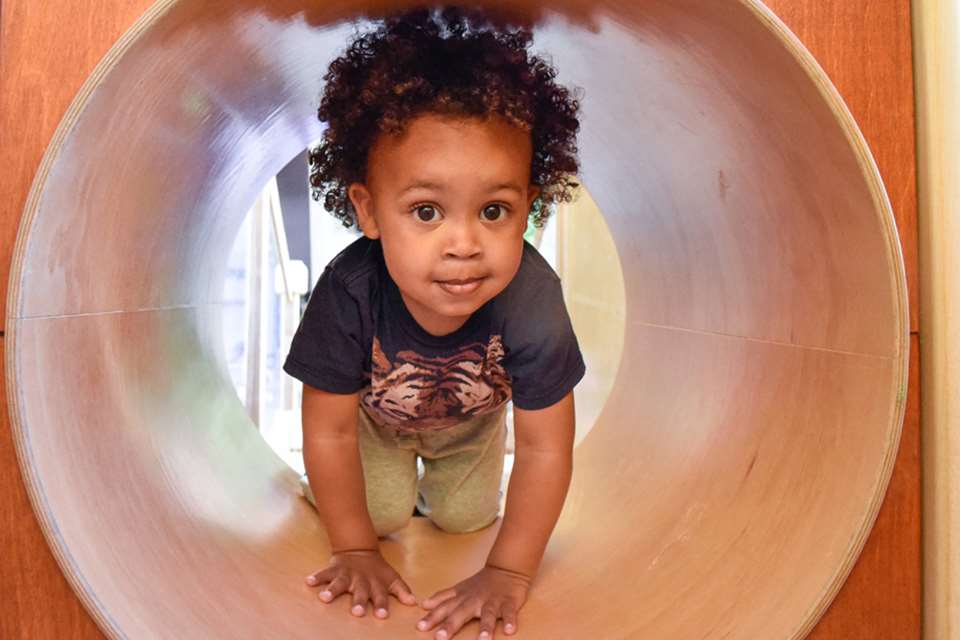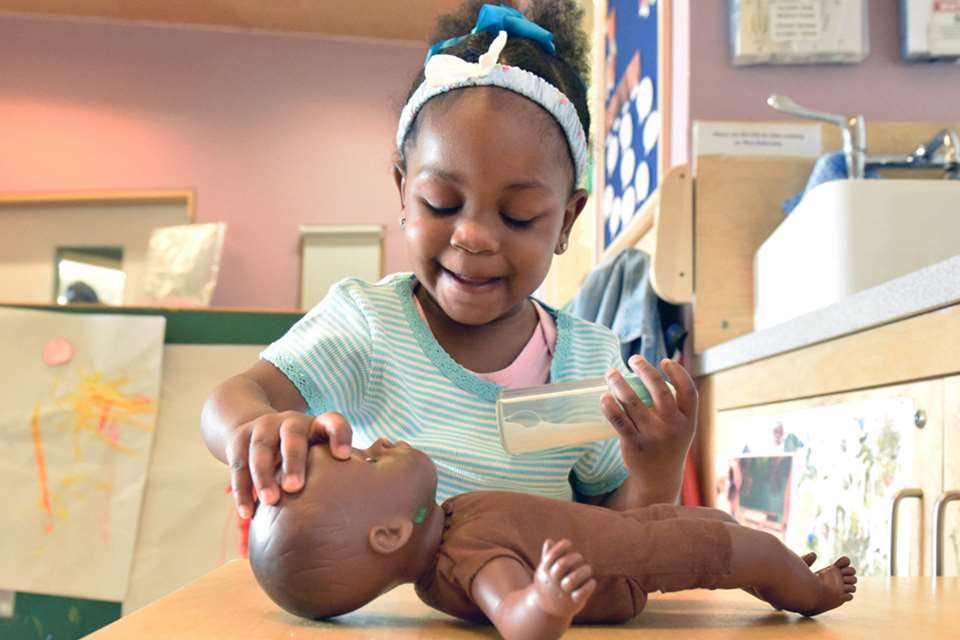Learning & Development PSED: Part 3 - See and hear
Monday, August 10, 2015
Careful observation of PSED should be a key consideration when assessing children's progress, says Marion Dowling.
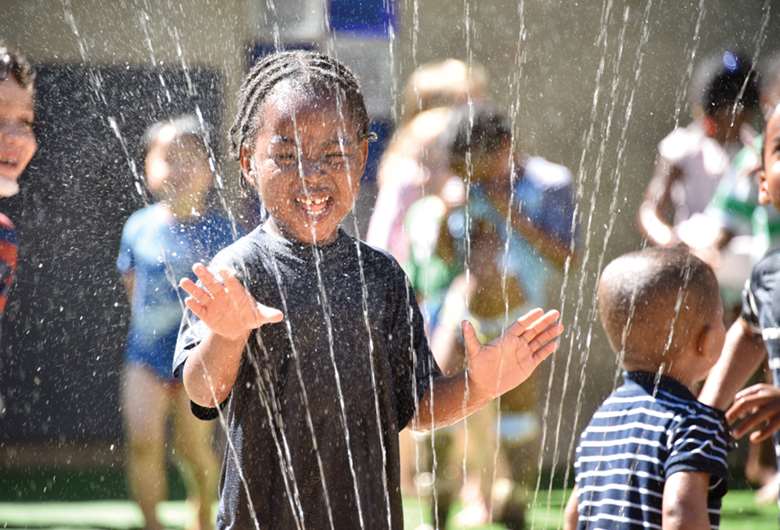
Early years practitioners are naturally concerned with two aspects of young children, learning and development. First, they want to know that a child is progressing in all areas of the curriculum - that is, the body of content showing what they must learn - and secondly, that the child is equipped with the skills and aptitude to become an effective learner - the characteristics showing how they learn.
In the final article in this series on Personal, Social and Emotional Development (PSED), I continue to argue for priority to be given to aspects of PSED and for practitioners to ensure that children develop well in these aspects.
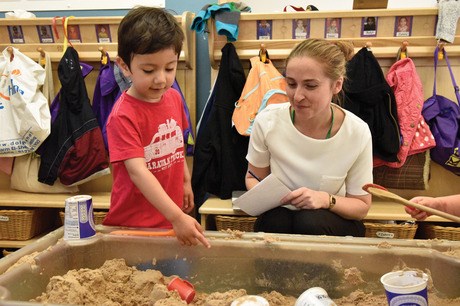
RECEPTION BASELINE
Next month, a new non-statutory baseline assessment for Reception class children will be introduced. The Government's main rationale for this new form of assessment is to make schools more accountable for the progress that children make from their starting point in Reception to the end of their primary career.
Although the assessment is not compulsory, current indications show that the majority of schools will opt to use one. At this time, it is surely important to consider what is being assessed.
There is a close relationship between what we assess and what we value, and it is significant that there is no requirement from the Government to assess any aspects of PSED or refer to the characteristics of effective learning - and, indeed, only some of the approved assessment providers are including these in their materials. Those schools that choose not to use the baseline but continue using the EYFS Profile (which becomes optional from September 2016) know that while the profile is not ideal, it has the merits of being based on observation and building a broad and rounded picture of each individual child, so giving due attention to all the six areas of learning and the three characteristics of effective learning.
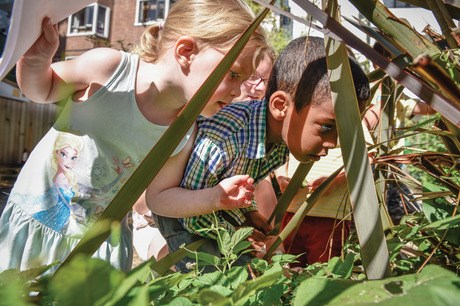
OBSERVATIONAL ASSESSMENT
We should continue to recognise the very close link between assessment and learning and development. Mary Jane Drummond reminds us of this in her classic description of assessment - 'observing children's learning, trying to understand it and putting our learning to good use'. 1
In so doing, we should consider the child's intentions. The focus must be both on how children feel about themselves as learners and how they approach a new experience, as well as how well they achieve it.
Let's get rid of the mystique behind observation - it is something that all good-quality practitioners do in order to make the right provision for their children. The rationale behind observation is that it enables a practitioner to really get to know a child as an individual - what they enjoy doing, how they respond to people and events and how they use their knowledge and skills. Until a child is understood in these respects, it is not possible to provide suitable stimulus or to pitch new experiences at their level.
Julian Grenier's guidance in Social and Emotional Aspects of Development suggests that a deep knowledge and understanding of individual children comes from spending time with a key group at play, good information sharing with parents and close and regular observation. 2
But observation is a complex skill, which is honed with experience. Observation involves ways of looking that are informed by knowledge of child development. It is too easy to look and not see or listen and not hear, and so miss critical moments of development and learning. The more we learn about observing in depth and the longer we observe children, so our knowledge and understanding builds up and becomes internalised.
Underpinning successful observation is a desire to get to know about your key children. For each new entrant, you need to ask: 'What sort of a child is this?' and 'How do I know?'
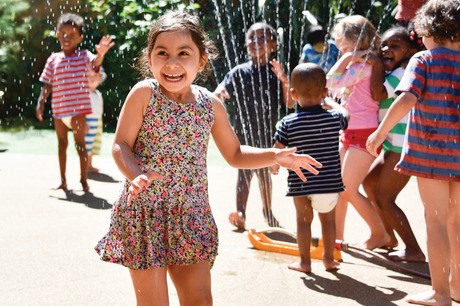
CONTEXTS FOR OBSERVATION
Successful assessments of young children are founded on observations of their learning and behaviour, noting what a child does and says. Meaningful information presents itself in various situations, but the moments are most evident when children are engaged in self-initiated play. This is for the simple reason that you can find out only so much if you are directing an activity.
At the creative table where children are in turn required to assemble pre-cut shapes onto paper, you will find out if they can apply glue and maybe if they have a notion of pattern. In a directed maths activity using small plastic bears, you are likely to recognise a child's understanding of relative shape.
Contrast this with the information that you might gather from an experience in which the child is making their own decisions. What materials do they select (and have you a sufficiently rich range of continuous provision to appeal to all interests and abilities)? If it is a shared enterprise, how do they negotiate with others? How do they set about the activity - are they impulsive and rapidly run out of steam or do they take care to compete the task to their satisfaction? All this relates to aspects of a child's social, emotional and dispositional development.
PLAY AS A CONTEXT FOR OBSERVATION
Although the current EYFS Profile handbook avoids any reference to play, it acknowledges that the environment required to reveal dispositions and aptitudes for learning should offer 'rich opportunities to initiate ideas and activities'. 3
This statement from TACTYC summarises the benefits: 'In the early years, play and playful experiences offer the richest context for children to meet challenges, take risks, make decisions, solve problems, re-group and bounce back when intentions are not met, build concentration and intrinsic motivation, and think creatively and critically.' 4
SCREENING TOOLS
While astute practitioners are broadly aware on a day-to-day basis of their children's personal attributes, structures for observation can provide a more informed and detailed picture.
The following two tools highlight how children's play reveals valuable information about their learning dispositions, well-being and social development. This intelligence highlights the route to guide practitioners towards the child's next steps.
The Leuven scales
Ferre Laevers' research helps those working with young children to recognise the fundamental requirements for learning as shown in their play and responses. Laevers identifies two aspects of behaviour - well-being and involvement - and provides five scales to exemplify and measure each of the aspects on a scale from 1-5.
Well-being refers to a child feeling at ease, and being spontaneous and free from anxieties and is critical for good mental health. Involvement refers to the child being intensely absorbed and is thought to be a necessary condition for deep-level learning. If consistent low levels of well-being and involvement are observed, a child is not disposed to learn. Conversely, high-level scales indicate a child who is in their element and relishes learning. 5
These scales resonate closely with earlier findings from Margaret Carr and Guy Claxton, who select the most important dispositions that support learning as:
- Resilience: the tendency to persist despite setbacks and frustrations and take on thinking challenges where the outcome is uncertain.
- Playfulness: the willingness to adapt situations, to mull over ideas and be creative in interpreting and responding to problems.
- Reciprocity: the capacity to share ideas and thoughts with other adults and children in a social relationship. 6, -7
The Social Play Continuum
The Social Play Continuum, devised by Pat Broadhead some years ago, continues to be useful in observing and assessing children's social development 8. The continuum highlights four domains of play: the associative, social, highly social and co-operative - these very broadly reflect children's levels of play from two to five years.
The emphasis for the observer is on the children's activity and use of language, with a stress on continuity and progress as play moves across the four domains. Some helpful indicators of progression are identified, one being when children's actions and language become reciprocal. Another sign is the impact of altercations on play - for example, in the earlier domains the adult is often called on to resolve a dispute, which inevitably halts the momentum of the play. When children play more co-operatively, they tend to resolve their disputes and start to regulate their actions rather than call on an adult to intervene.
The continuum provides both a good structure for observations, which encourages practitioners to assess the level of play in a particular area of provision, and for reflection on which action might help children to progress in their social development.
Sustained Shared Thinking and Emotional Well-being Scale 9
This third tool differs from the previous two in that it focuses on practice rather than children's responses. The scale, used alongside other environmental scales 10, offers useful insights about what high-quality practice looks like. The level of quality observed is intended to link directly to children's progress and achievement.
Although the items in all of the sub-scales are potentially useful as indicators of quality, for the purposes of this article the following two sub-scales are particularly relevant, namely:
- building trust, confidence and independence, and
- social and emotional well-being.
One of the items in the first scale is 'encouraging choices and independent play'. Instances of exemplary practice observed might be when staff follow up their close observations of children's self-initiated play with regular discussions with parents, and become aware of how children's home interests are reflected in the setting. They encourage this through showing their interest and providing additional relevant resources.
Health warning
All assessment tools should come with a health warning and should not be regarded as watertight statements. They are most useful when used as clues or indicators of children's development and progress and the quality of provision offered to support it.
As such, they should back up astute observations of children which reveal that children develop at their own rates and in their own ways.
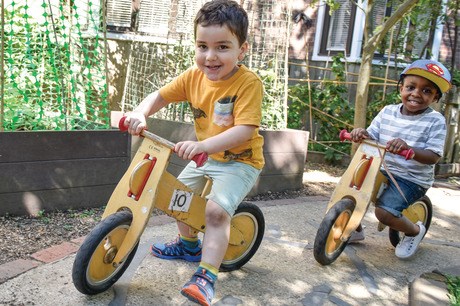
CASE STUDY ONE
Gina observed Tommy playing alone in the role-play area. He was stirring a saucepan of pretend soup. Gazing into the pan, Tommy muttered, 'Now who is the fairest of us all?' Leaving the soup, Tommy then tiptoed over to a doll propped up in a chair. Tommy bent down, gently kissed the doll and whispered, 'Now you can wake up.'
Reflection
What knowledge and understanding does Tommy demonstrate in his play and what does this observation tell you about Tommy as a learner?
CASE STUDY TWO: GONE FISHING
Two parents had told staff how much their children had enjoyed going fishing with their families. Following this information, staff had shared the story of frog Jeremy Fisher (from The Tale of Mr Jeremy Fisher by Beatrix Potter) and encouraged children to share their own experiences of fishing. Staff provided open-ended resources (including string, a range of magnets and poles) and placed them outside.
One group of children were very keen to play through some of the aspects of the Jeremy Fisher story and after some discussion (and some altercations) four of them eventually opted to 'fish' from the top of the climbing frame, pretending to be the frog.
In their play, children:
- shared their home experiences, including preparing a picnic for the excursion and taking with them a big umbrella, and some bait to attract the fish
- recalled and replayed some aspects of the story such as Jeremy being pulled into the river (leaping off the frame)
- revealed interest in a superhero who dived into the river to rescue Jeremy.
The play continued for several days, with more children joining in and contributing new ideas and requesting more equipment - a bucket to store the fish, a sheet of plastic to represent the water.
Comment
Staff showed interest and encouragement, but only joined in when asked. The play was fluid and revealed how two individuals were absorbed throughout and others dipped in and out. It led to children using more stories as a basis for self-initiated activity.
REFERENCES
- Drummond MJ, (1993), Assessing Children's Learning, David Fulton
- Department for Children, Schools and Families (2008), The National Strategies: Early Years Social and Emotional Aspects of Development: guidance for practitioners in the EYFS
- Department for Education, Standards and Testing Agency (2013). London
- TACTYC (2014), 'Say no to baseline testing' statement
- Dubiel J (2014) 'Measuring up', www.nurseryworld.co.uk/nursery-world/feature/1146878/ learning-development-assessment-measuring
- Carr M and Claxton G (2002), 'Tracking the Development of Learning Dispositions', Assessment in Education
- Carr M and Claxton G (2007), 'A Framework for Teaching Learning: The Dynamics of Dispositions' in Early Years journal
- Broadhead P, Howard J, and Wood E (eds) (2010), Play and Learning in the Early Years, Sage
- Siraj I, Kingston D, and Melhuish, E (2015), Assessing Quality in Early Childhood Education and Care: sustained thinking and emotional well-being scale for 2-5 year-olds provision, Trentham Books/IOE Press
- Sylva K, Siraj-Blatchford I, and Taggart B (2010), Assessing Quality in the Early Years: early childhood environment rating scale extension - four curricular subscales, 4th ed, New York Teachers' College Press.


